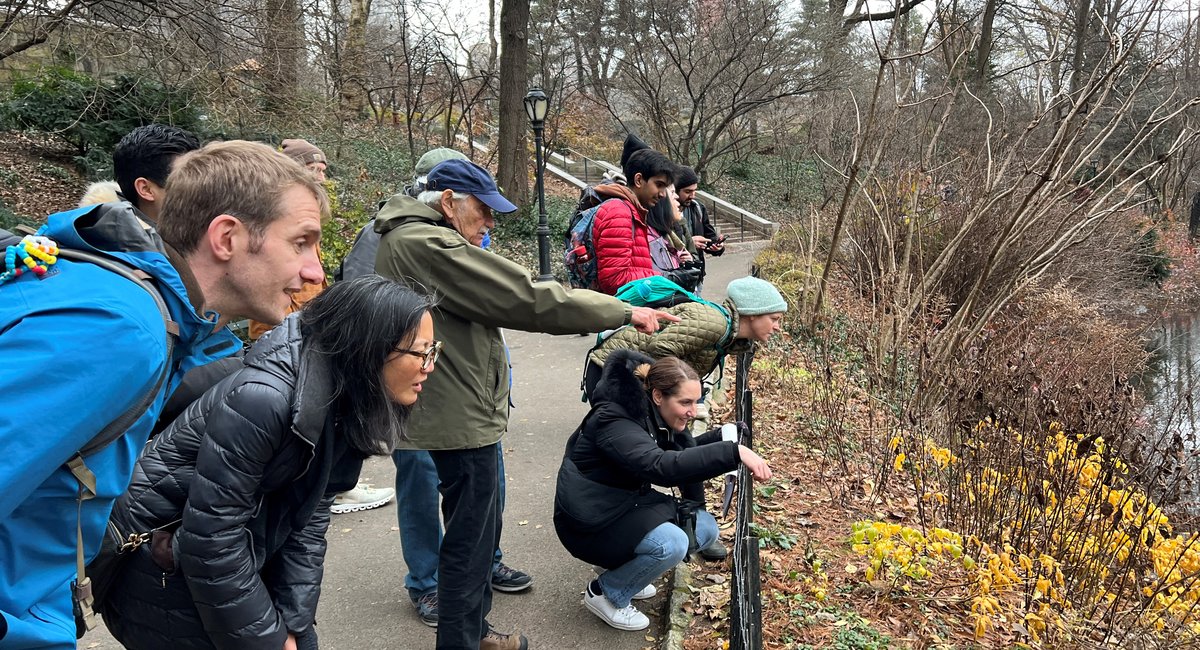The 124th annual Christmas bird count concluded on Sunday with a tally of 9,673 birds in Central Park – including many species whose ranges have moved northward by as much as 200 miles due to climate change, according to scientists.
Thousands of Christmas bird counts take place across the country between Dec. 14 and Jan. 5. They provide enthusiasts with a chance to gather and enjoy the birds while also contributing to annual bird censuses.
A review of data since 2012 from the National Audubon Society’s Central Park count shows birds once thought of as migratory southern species – like cardinals, tufted titmice, Carolina wrens and red-bellied woodpeckers – are moving to the New York area.
Experts caution that the volunteer census has many variables, including the number of participants, weather conditions and behavior unique to each species. But data from the count corroborates research that claims climate change has changed migratory bird behavior. In 2012, birders spotted 71 cardinals in Central Park. This year, the number was 90.
“What the Christmas bird count can show us is that there is a northward march of many of the more southern species,” said Geoff LeBaron, director of the Christmas Bird Count at the National Audubon Society. “In early years, they would have been just down south.”
American robins in Central Park no longer migrate because of warmer winters, according to birders who spotted 550 of them on the count, which NYC Audubon organized with the city’s parks department. In 2012, counters spotted 97.
“We think of robins as the harbinger of spring, but they don’t even leave the continent at this point,” LeBaron said. “They only go as far south as they need to because why should I fly from New York down to South Carolina when I can stay in New York?”
NYC Audubon uses the count to document the birds’ shifting ranges. Researchers combine the bird census with climate data to develop predictive models for different climate change…
Read the full article here

Leave a Reply